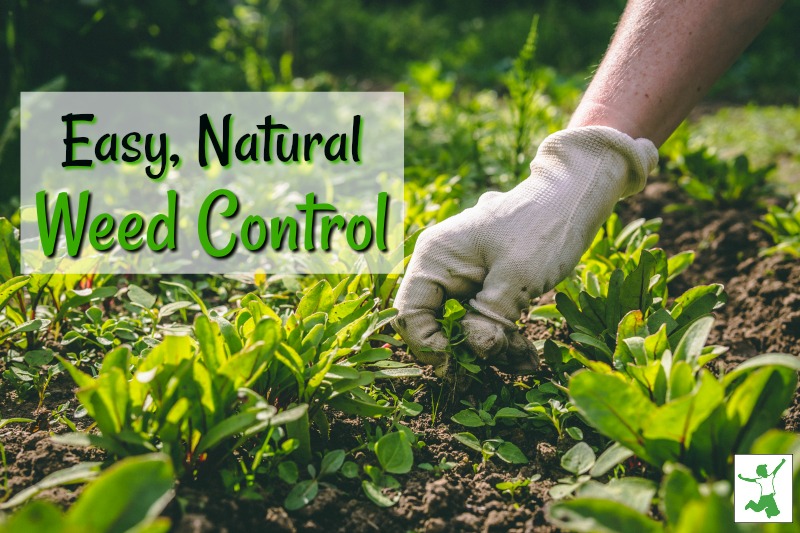Top Organic Weed Control Methods

DIY Trellises for Thriving Vegetable Gardens
Growing a vegetable garden can be an incredibly rewarding experience. But if you're short on space or want to add some visual interest, consider taking your garden vertical with DIY trellises for vegetable gardens. Let's dive into the world of homemade trellises and explore how they can boost your garden's productivity and aesthetics.
Why Use DIY Trellises in Your Vegetable Garden?
Vertical gardening is more than just a trend; it's a practical solution for many gardeners. DIY trellises can maximize your space, keep your plants healthy, and add a touch of personality to your garden.
Space-Saving Solution
In urban areas or small backyards, every square foot counts. Trellises allow you to grow more plants in less space by taking advantage of the vertical dimension.
Improved Plant Health
Trellises lift plants off the ground, promoting better air circulation and reducing the risk of pests and diseases. Plus, it's easier to spot and deal with any issues when your plants are at eye level.
Easier Harvesting
No more bending over or digging through dense foliage. With trellises, your vegetables are easier to spot and pick.
Popular Vegetables for Trellising
Not all vegetables are suited for trellising. Here are some that love to climb:
- Peas and Beans: These are classic choices for trellises. They climb naturally and produce more when grown vertically.
- Cucumbers: Vining cucumbers grow beautifully on trellises, and their fruits are easier to spot and pick.
- Tomatoes: Indeterminate varieties benefit from the support of a trellis, keeping the fruits off the ground and promoting better air circulation.
- Squash and Melons: While these can be a bit heavier, a sturdy trellis can support them, and you can use slings to hold the fruits.
DIY Trellis Ideas for Your Vegetable Garden
Ready to get creative? Here are some DIY trellis ideas to inspire you:
Bamboo Teepee Trellis
This is one of the simplest and most versatile designs. Just tie together a few bamboo poles at the top to create a teepee shape. This works great for peas, beans, and cucumbers.
Cattle Panel Trellis
Cattle panels are sturdy and can be bent into an arch shape. They're perfect for heavier plants like squash and melons. You can find these at farm supply stores or online.
Ladder Trellis
Have an old wooden ladder lying around? Lean it against a wall or fence, and you've got an instant trellis. This is a great option for smaller spaces.
String Trellis
This is a simple and affordable option. Just string some sturdy twine or rope between two supports, and you're good to go. This works well for lightweight plants like peas.
Building Your DIY Trellis
Building a trellis isn't complicated. Here are some tips to get you started:
Choose Your Materials
Wood, bamboo, metal, or strings—choose based on the plants you'll be growing and the look you want.
Design for Stability
Make sure your trellis is sturdy and well-anchored. You don't want it toppling over under the weight of your plants.
Plan for Plant Growth
Consider the mature size of your plants. Your trellis should be tall enough and wide enough to accommodate them.
Caring for Your Vertical Garden
Vertical gardens require a bit of special care. Here are some tips:
Watering
Plants on trellises may dry out faster, so keep an eye on the soil moisture. Consider using a drip irrigation system for consistent watering.
Fertilizing
Vertical plants need plenty of nutrients. Use a balanced fertilizer regularly to keep your plants healthy.
Pruning
Keep your plants tidy by pruning off any dead or diseased leaves. This also helps improve air circulation.
Common Mistakes to Avoid
Vertical gardening has its challenges. Here are some common mistakes to avoid:
Overcrowding
Don't plant too many seeds or seedlings at the base of your trellis. Overcrowding can lead to competition for resources and increased risk of diseases.
Ignoring Weight Limits
Make sure your trellis can support the weight of your plants, especially as they grow and produce fruit.
Neglecting Maintenance
Regularly check your trellis for any signs of wear or damage. A little maintenance goes a long way in keeping your garden healthy.
Where to Find Inspiration and Supplies
Looking for more ideas and supplies? Websites like Gardeners.com offer a wealth of information and products to help you create the perfect DIY garden.
Conclusion
DIY trellises for vegetable gardens are not just a practical solution but also a creative way to enhance your gardening experience. They save space, improve plant health, and add a personal touch to your garden. So, why not give it a try? Your plants (and your back) will thank you!
FAQs
Q: What are the best vegetables for trellising?
A: Peas, beans, cucumbers, tomatoes, and some varieties of squash and melons are great for trellising.
Q: How do I make a simple DIY trellis?
A: A simple bamboo teepee trellis is a great start. Just tie together a few bamboo poles at the top to create a teepee shape.
Q: How do I care for my vertical garden?
A: Ensure consistent watering, regular fertilizing, and pruning to keep your vertical garden healthy.
Q: What are common mistakes to avoid in vertical gardening?
A: Avoid overcrowding, ignoring weight limits, and neglecting maintenance.
Q: Where can I find more ideas and supplies for my DIY garden?
A: Websites like Gardeners.com offer a wealth of information and products for DIY gardening.
0 Response to " Top Organic Weed Control Methods"
Post a Comment